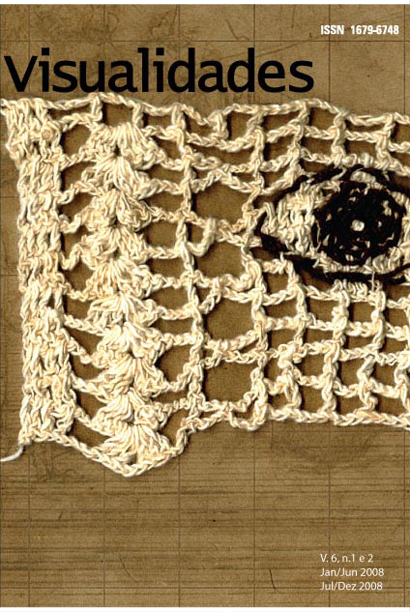Ori: uma abordagem da diáspora e experiência negra em linguagem cinematográfica - DOI 10.5216/vis.v6i1eI2.18091
DOI:
https://doi.org/10.5216/vis.v6i1ei2.18091Abstract
Este projeto de pesquisa discute o filme documentário Ori (Raquel Gerber, 1989) voltando-se para questões de sua proposta estética e elaboração direcionada para a trajetória dos africanos e seus descendentes nas Américas. O período de re-alização do filme, 1977 e 1988, ou seja, por mais de uma década antes do centenário da Abolição, trata desse momento da história brasileira dando visibilidade às ações políticas dos movimentos negros e registrando diversas expressões da cultura negra. O interesse é saber como o filme se torna uma referência de abordagem da diáspora e experiência negra em linguagem cinematográfica, tendo em vista, o contexto histórico de sub-representação da população negra no cinema brasileiro. Inserido na linha investigativa de poéticas visuais a pesquisa do filme tem objetivo também de dar suporte teórico na realização de documentário sobre alguma expressão da cultura negra no Estado de Goiás, a ser definida.
Palavras-chave: Ori, cinema documentário, cultura negra
Downloads
Downloads
Published
How to Cite
Issue
Section
License

This work is licensed under a Creative Commons Attribution 4.0 International License .
Authors who publish in this journal agree to the following terms:
a. Authors retain the copyright and grant the journal the right of first publication, with the work simultaneously licensed under the Creative Commons Attribution 4.0 License which allows the sharing of work with acknowledgment of authorship and initial publication in this journal.
b. Authors are authorized to take additional contracts separately, for non-exclusive distribution of the version of the work published in this journal (eg publish in institutional repository or as a book chapter), with acknowledgment of authorship and initial publication in this journal.
c. Authors are allowed to publish and distribute their work online (eg in institutional repositories or on their personal page) after the initial publication in this journal, as this can generate productive changes, as well as increase the impact and citation of the published work ( See The Effect of Free Access).
Every effort has been made to identify and credit the rights holders of the published images. If you have rights to any of these images and have not been correctly identified, please contact the Visuals magazine and we will publish the correction in one of the next issues.






